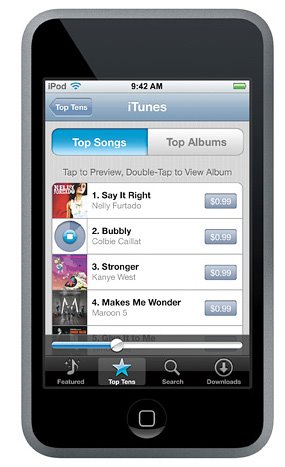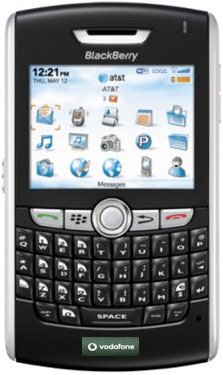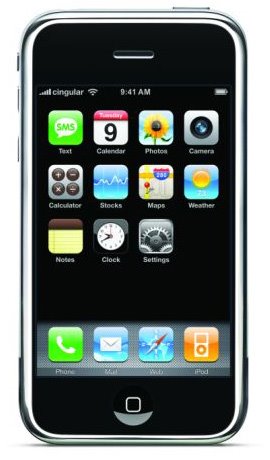When compared to instructor-led programs, the features and benefits of CD-ROM training include all those shared by other types of technology-based training:
• self-paced
• highly interactive
• increased retention rates
• reduced costs.
When compared to Web-based training, the benefits largely come from the fact that CD-ROMs usually provide a more engaging learning experience, with text, audio, video, and animations all used to convey information. Typically, a graphic will be displayed along with bulleted text as an audio narration provides the primary content. Video clips can be used to show human behaviors or complex operations. This use of multiple media means that learning is optimized for all three learning styles: auditory, kinesthetic, and visual.
Student engagement is also increased with the use of creative themes or metaphors. Whether the topic is sales training or understanding a new computer system, today's programs are often wrapped in a classic Hollywood genre: science fiction, mystery, adventure, or even television talk shows and game shows. Students can play the role of starship captain, a private eye, or swashbuckling archeologist as they explore their way through knowledge and conquer the learning objectives.
Finally, since people learn best from experience, the multimedia capability of CD-ROMs provides the power to create realistic job simulations. For example, a sales training program could put the student face-to-face with a tough prospect. ("Your prices are 10 percent higher than what I'm paying now!") Medical education programs put new doctors in front of simulated patients. ("Would you choose chemotherapy or surgery?") Soldiers choose tactics on a realistic battlefield. ("Enemy tank is flanking 500 yards to the right.") CEOs could hone their approach to crisis management. ("Ms. Jones, the 6 o'clock news crew is in the lobby demanding a statement about our product recall. What should we do?")
In each case, a discovery-learning simulation can be developed using disk-based CBT, or delivered via the Web, but with bandwidth limitations the simulations would consist of only text and graphics. The learning is enhanced with multimedia CD-ROM because students are able to see the body language and hear the voices of on-screen video participants, and interact in real-time using a greater number of senses.
CD-ROM Limitations
One of the disadvantages of CD-ROM based training, when compared to instructor-led delivery, is the lack of peer-to-peer learning opportunities. After all, good instructors are really supposed to be facilitators, who bring out experience-based lessons and realizations from the students themselves. Additionally, there are other benefits from the socialization that takes place in a physical classroom, including higher motivation, team building, and creation of relationships that can be supportive long after the training is over.
The biggest drawback of CD-ROM-based training when compared to Web-based training is the difficulty in updating or changing the content. Once a CD-ROM is created, the information on it can not be changed. If a widget manufacturer uses CD-ROMs to train its sales force and they create a better widget, a new training CD-ROM will have to be created, duplicated, and distributed to the sales force. Depending on the size of the sales force, distributing new CD-ROMs could cost thousands of dollars. More important than the higher cost is the additional time required. Once the training program itself is updated, it typically takes three weeks for a duplication company to complete an order, which is likely followed by another week to package, address, and ship the CDs to the sales representatives.
Finally, CD-ROM programs present a challenge when it comes to student tracking. Because the CD is a distributed system without a direct link back to a training manager, other types of media must also be used for the reporting of student scores and completion certificates. Common methods include:
* Printout of score report or certificate, which is then faxed or mailed to a manager or the corporate training department.
* Final score is saved as a small data file onto a floppy diskette, which is then mailed back to the home office for processing.
* If student has e-mail access, but no Intranet is available for automatic distribution, assessment score files can be attached to e-mail messages and sent to a training manager.
In summary, multimedia CD-ROMs -- and their future replacements, DVDs -- offer many advantages and limitations which must be compared to other delivery options on each training program.




0 comments:
Post a Comment